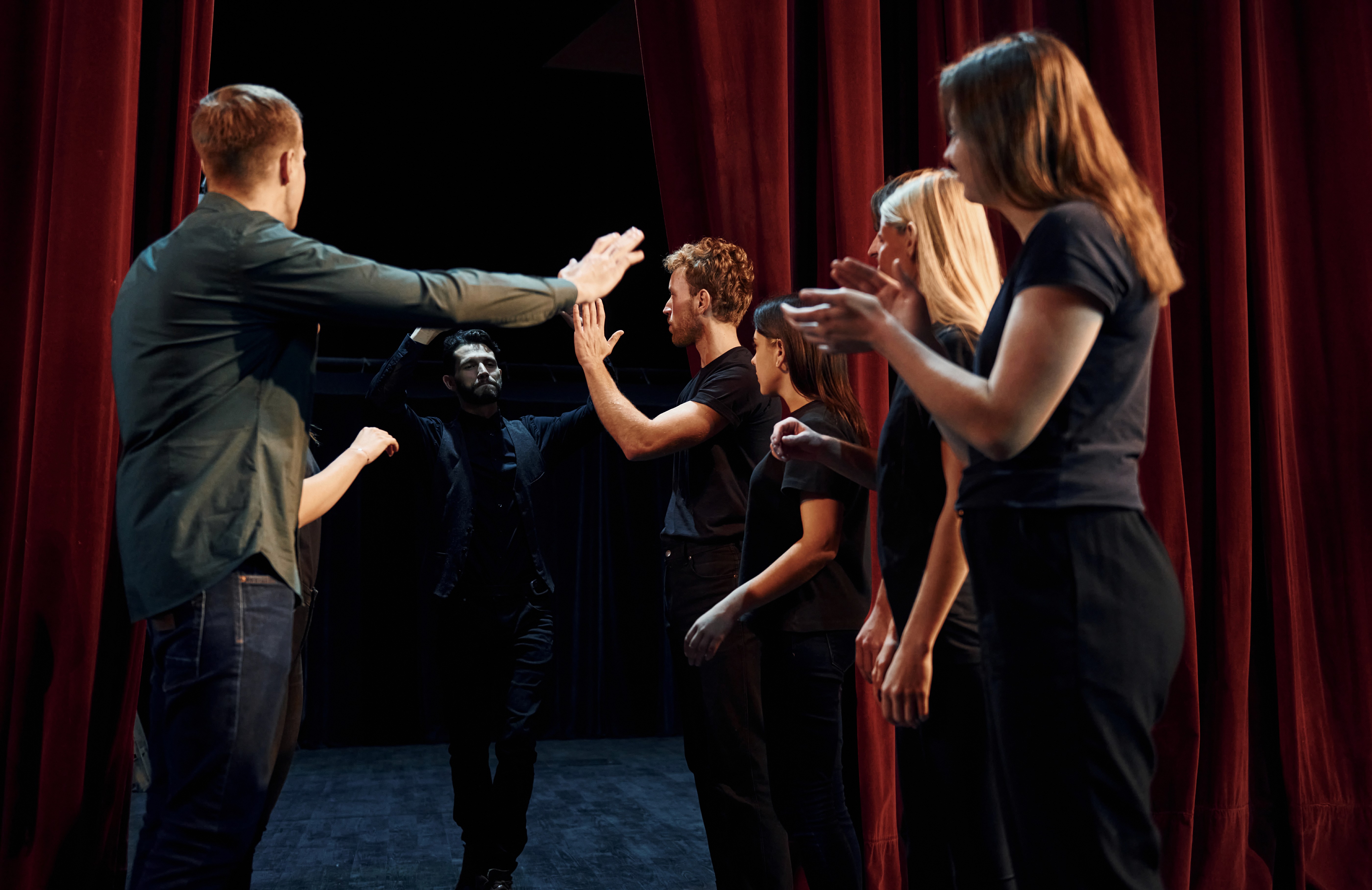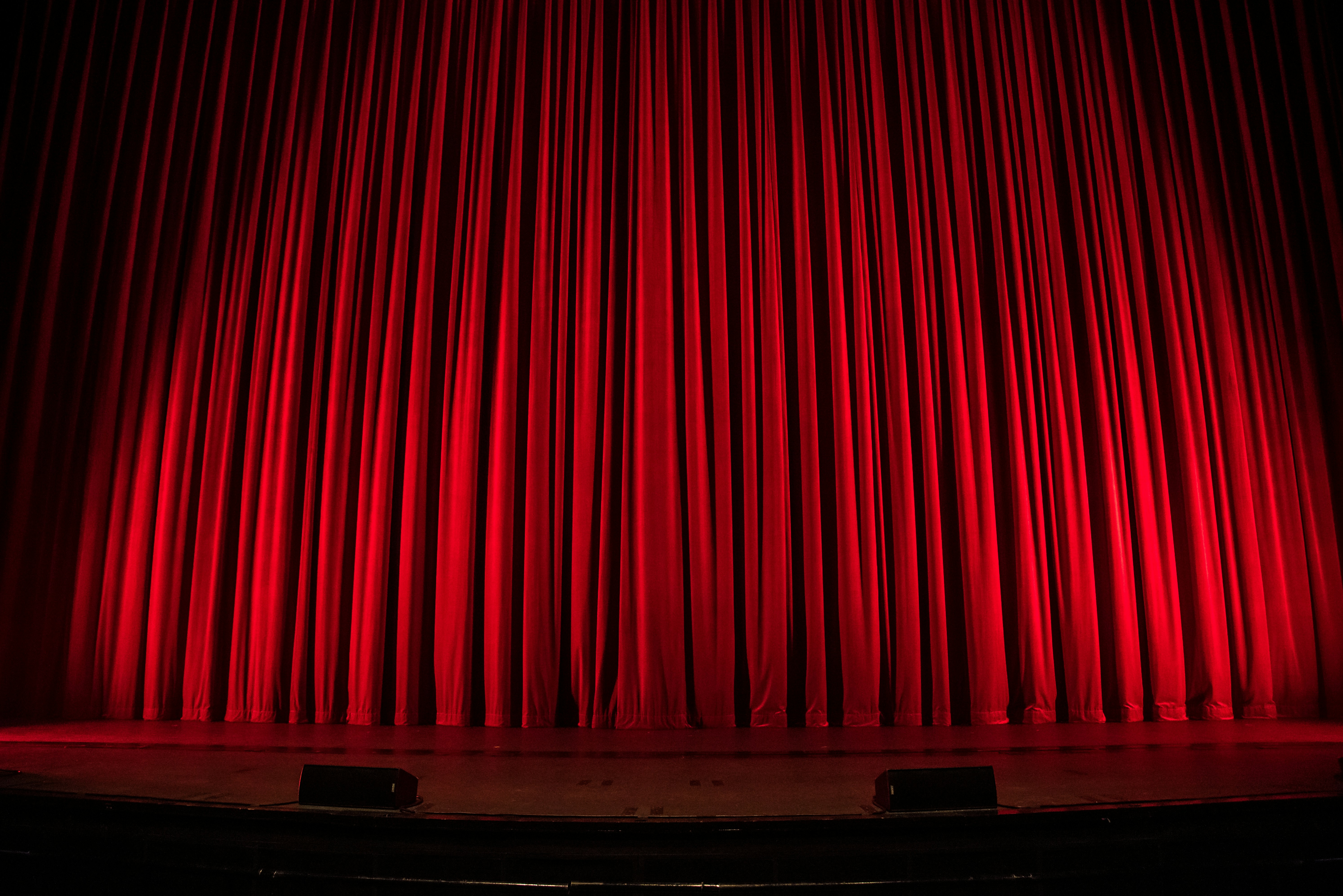Cue
Definition:
In theatre and live performance, a "cue" is a signal for an action or technical effect to take place. Cues are essential for coordinating the timing of various elements of a production, ensuring that everything runs smoothly and seamlessly.
Detailed Explanation:
A cue is a predefined signal or prompt that triggers a specific action or response during a performance. This can include actors delivering lines, stagehands moving props, lighting changes, sound effects, or any other technical elements. Cues are meticulously planned and rehearsed to ensure precise timing and coordination among all members of the production team.
The term "cue" originates from the Latin word "quando," meaning "when," reflecting its purpose in indicating the exact moment when an action should occur. Cues are documented in a script or a prompt book and are communicated through various methods such as verbal commands, visual signals, or technological systems.
Types of Cues:
Verbal Cues:
Spoken instructions given by a stage manager or director, often through a communication system, to prompt an action.
Visual Cues:
Physical signals, such as hand gestures or light signals, that indicate when an action should take place.
Audio Cues:
Sound signals, such as a specific piece of music or sound effect, that trigger an action or response.
Technological Cues:
Automated cues programmed into lighting, sound, or projection systems that occur at precise moments during the performance.
Advantages of Effective Cueing:
Precision:
Well-executed cues ensure that all elements of the production occur at the exact right moment, maintaining the flow and rhythm of the performance.
Coordination:
Cues facilitate seamless coordination between actors, technicians, and stagehands, ensuring that everyone is synchronized.
Professionalism:
Proper cueing enhances the overall professionalism of a production, reducing the likelihood of errors and disruptions.
Challenges of Cueing:
Timing:
Cues must be timed perfectly to avoid disrupting the performance. Even a slight delay or early execution can affect the scene.
Communication:
Clear and effective communication is essential for cueing. Miscommunication can lead to missed or incorrect cues.
Complexity:
Productions with numerous cues and technical elements require meticulous planning and rehearsal to manage the complexity.
Uses in Performance:
Actor Entrances and Exits:
Cues signal when actors should enter or exit the stage, ensuring they appear at the right moment in the narrative.
Lighting Changes:
Cues trigger lighting changes that set the mood, focus attention, or transition between scenes.
Sound Effects:
Cues initiate sound effects that enhance the storytelling, such as a doorbell ringing or thunder rumbling.
Prop Movements:
Cues instruct stagehands to move props or set pieces, ensuring the stage is set correctly for each scene.
Design Considerations:
When planning and implementing cues, several factors must be considered to ensure they are effective and enhance the performance:
Clarity:
Cues should be clear and unambiguous, leaving no room for misinterpretation.
Rehearsal:
Extensive rehearsal is necessary to ensure that all cues are executed correctly and consistently.
Redundancy:
Backup systems or secondary cues can help prevent disruptions if the primary cue is missed or fails.
Conclusion:
Cues are a fundamental aspect of theatre and live performance, enabling precise coordination and timing of actions and technical effects. By providing clear signals for when specific actions should occur, cues help ensure that all elements of a production work together seamlessly. Whether through verbal commands, visual signals, audio prompts, or technological systems, effective cueing is essential for maintaining the flow and professionalism of a performance. With careful planning, clear communication, and thorough rehearsal, cues can significantly enhance the overall impact and success of a production.


